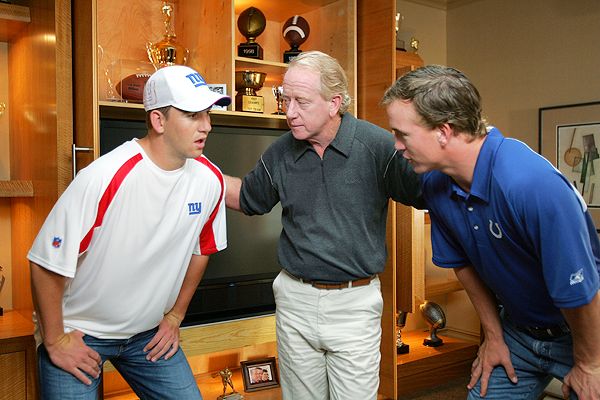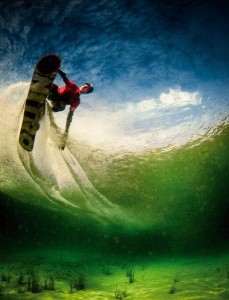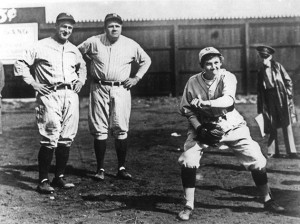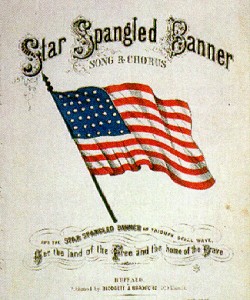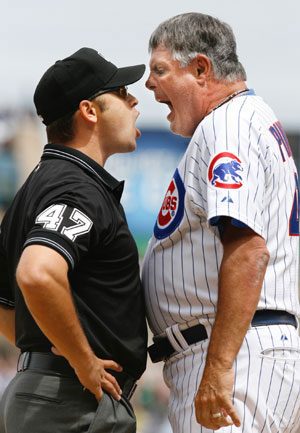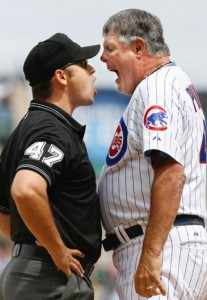If you’ve been exposed to any NFL football in the past few weeks or years, you’ve probably heard of the Manning family. Father Archie was a well-respected quarterback whose personal brilliance was always undermined by the mediocre to terrible teams he played on, first in college at Ole Miss and then in the NFL with the New Orleans Saints. He married the college home-coming queen, Olivia, and they had three sons, Cooper, Peyton, and Eli. Peyton and Eli have both had successful college and professional football careers. The long-time quarterback of the Indianapolis Colts and for the last two years of the Denver Broncos, Peyton is generally thought of as one of the top five or ten quarterbacks of all time. Eli, his younger brother, has been the Giants starting quarterback since he was drafted in 2004 and has won two Superbowl championships; one more than Peyton. The oldest brother, Cooper, was diagnosed with a spinal abnormality in high school and had to give up playing football. The Mannings are the “first family” of football.
This year the Mannings have been a particularly prominent part of the football season. Peyton’s team, the Broncos, is undefeated and he has been playing some of the best football of his career… or anyone else’s. Eli has been having exactly the opposite kind of season. His team, the Giants has lost every game so far and he has thrown 15 interceptions — the same number he threw all of last season. Coincidentally ESPN released a documentary about the Mannings two weeks ago called The Book of Manning.
Brian Phillips is one of my favorite writers on the Grantland staff and has an absolutely fabulous Twitter feed. Phillips in his own abstract way often seems to have a direct line to the Zeitgeist so I wasn’t surprised to see he had written an article about each of the Manning brothers last week. I’m going to excerpt from each of the articles but I recommend you read them in full.
You look at his stats and you have no choice but to deploy weapons-grade verbiage… Peyton Manning crushes. Peyton Manning burns. Peyton Manning annihilates. And yet … have you ever seen a football player less likely to crush, burn, or annihilate anything than Peyton Manning? It’s possible to imagine, say, Ben Roethlisberger, if a night took a weird swerve, actually wielding a torch in anger; Peyton Manning would spend that same night at home, in his sock-folding room, folding his socks. I doubt he has ever shredded anything in his life. (Maybe a document.) On the field, he’s Genghis Khan as portrayed by your 11th-grade trigonometry teacher. The language that best describes his accomplishments is also the language that most completely misrepresents his style.
And Eli:
Eli is more Archie’s natural heir than Peyton will ever be — like Eli, his dad was a fun and scrambly quarterback, more a seat-of-the-pants adventurer than the lucid math-compulsive then playing in Indiana — but because Peyton came along first, the definition of Manningness has somehow shifted in a way that includes Eli out… Eli is the un-Manning. He is the Manning who makes mistakes, and thus, as a Manning, he is unlike himself.
This is the kind of sportswriting I enjoy! I hope you do too.

